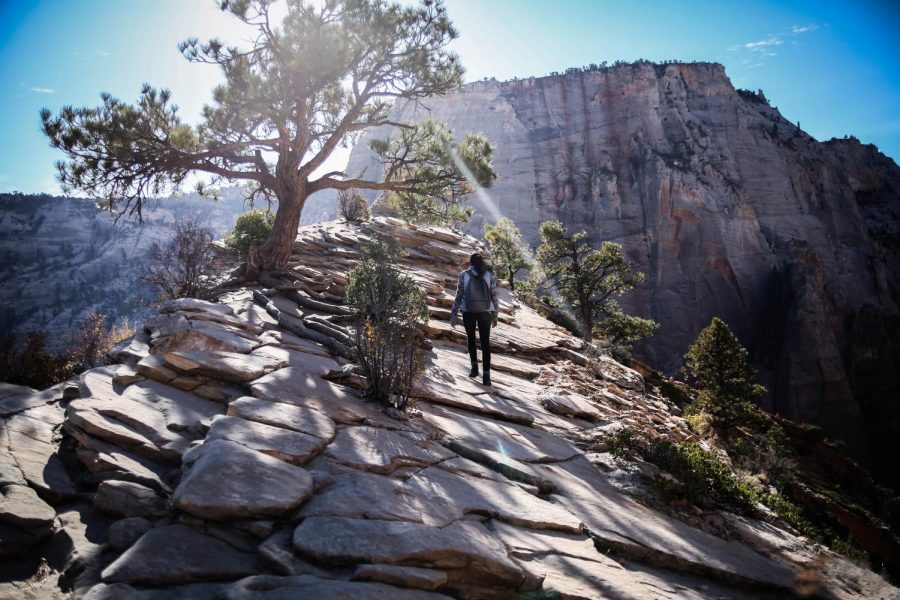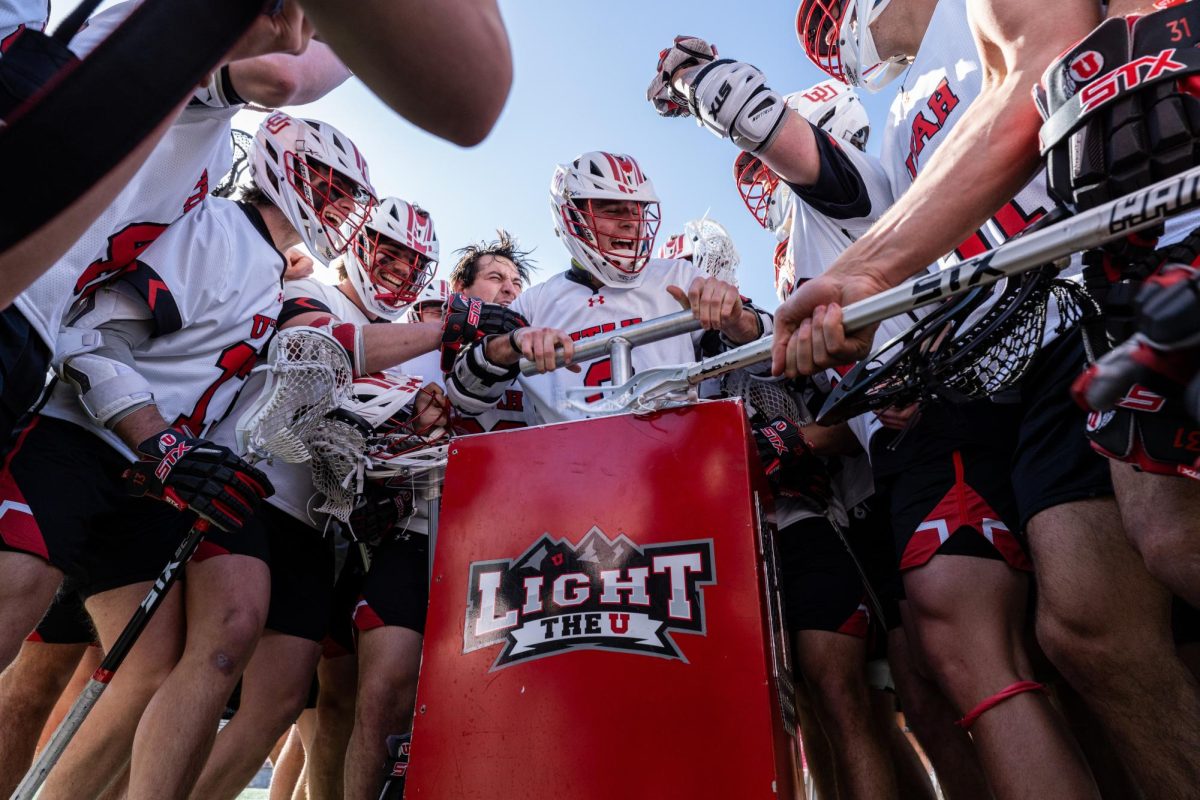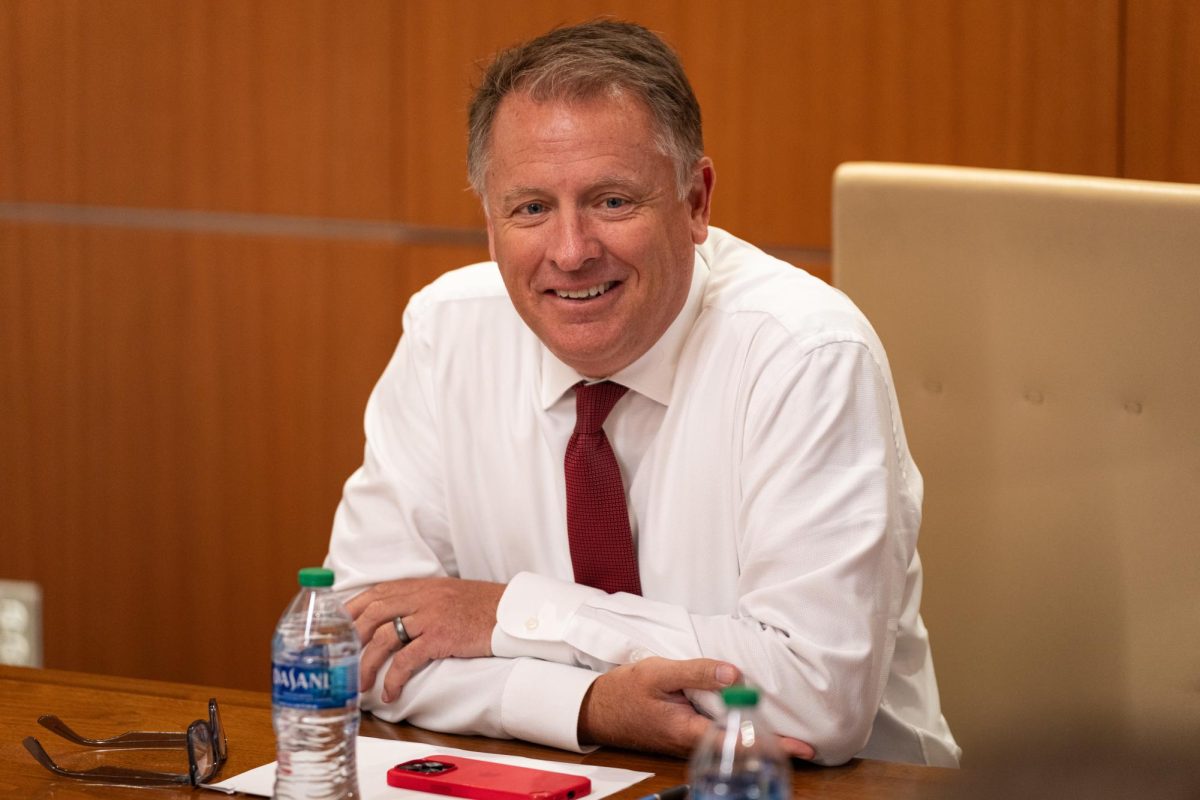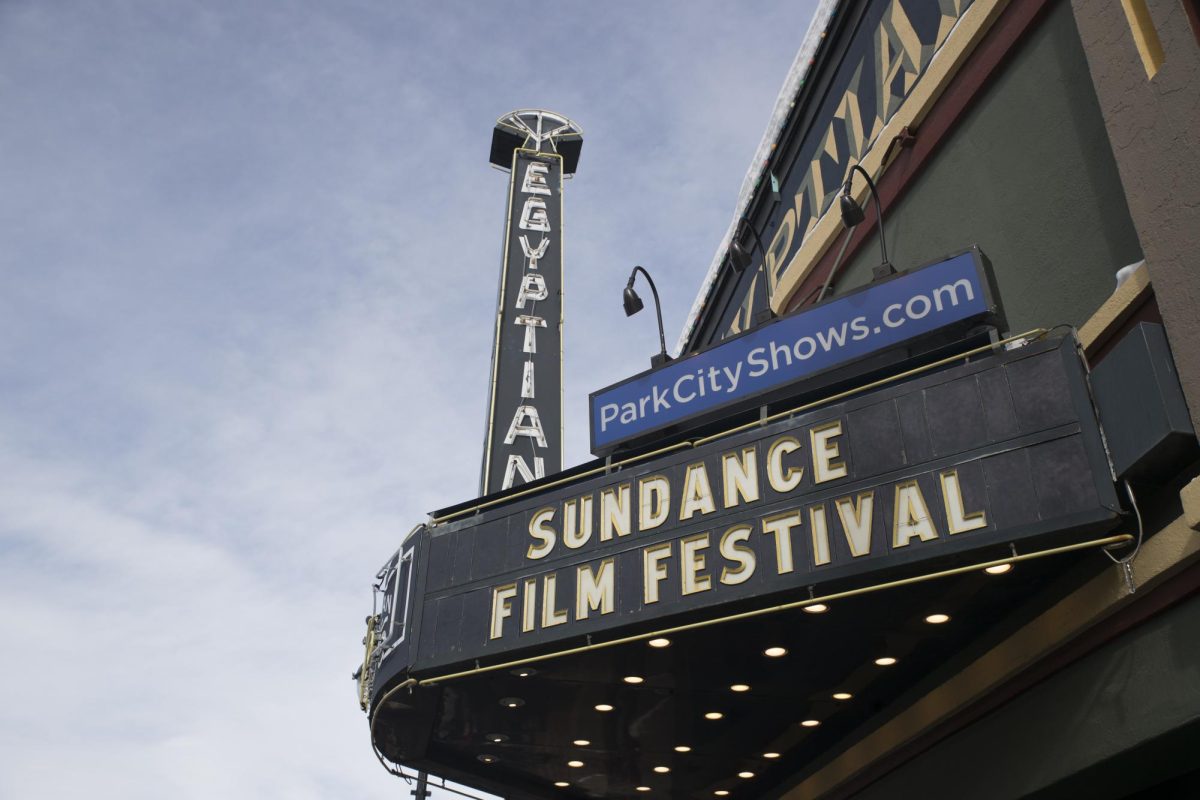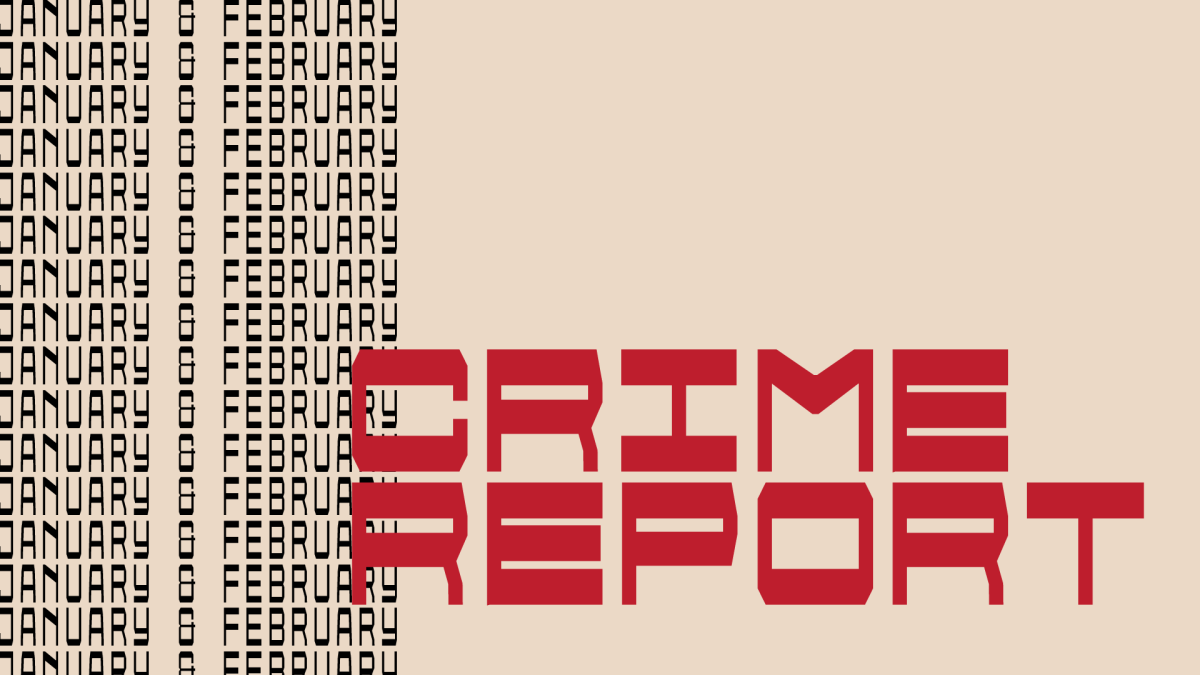Saifee: The Environmental Movement’s Progressive Transformation is Long Overdue
November 22, 2020
Google “Treehuggers” — a word commonly used in reference to members of the environmental movement — and you’ll find image after image of a, most-likely white, man hugging a tree. Unfortunately, that is often how the environmental movement is seen, as a bunch of white men caring deeply about the earth and ultimately knowing what’s best for it. But this narrative isn’t correct. BIPOC people care about the environment too, it’s just that they’ve been overshadowed and been left out of the conversation for decades.
An elitist, privileged and predominantly white environmental movement has overstayed its welcome. The time for diverse voices and ideas — a movement centered around the upliftment and inclusion of marginalized people — is long overdue. This transformation is necessary as climate change becomes increasingly apparent. BIPOC people have the right to a healthy, livable environment and a movement that includes their perspective. The sooner we internalize that mission, the better off our planet will be.
A History of Exclusion
First, we must recognize the racist origins of the environmental movement and how racism persists in today’s world. One of the founders of our beloved National Parks, Madison Grant, was racist. He was a stout believer in eugenics, and while he advocated for the protection of wild spaces, he also advocated for the preservation of the “pure” human race. John Muir, a Sierra Club founder, disregarded the views of indigenous tribes as he laid the groundwork for land conservation. The blind idolization of these historical figures prolongs the alienation of Black and brown folks. While Sierra Club and the National Parks have denounced their racist founders to make the environmental space more inclusive, that action is just the tip of the iceberg. Progress must be made so that people of color feel recognized, supported and safe in environmental spaces.
Despite these recent reparations, exclusion persists. This past summer, the west coast experienced one of its worst wildfire seasons. Forest management reached out to the indigenous tribes of California to help tackle the problem. Indigenous tribes have in-depth, ancestral knowledge of the landscape. Before western settlers forcibly removed them from their land, indigenous tribes maintained healthy fires to cultivate the land. This practice was essential to the natural ecosystems and could have prevented the uncontrollable fires of today. Forest management reaching out for help from indigenous tribes can be incredibly frustrating since their founders were the ones that objected to native practices in the first place.
An Opportunity Nearby
Here in Utah, the Inland Port project has been a contentious topic. The port is projected to boost Salt Lake City into the world of international trade while providing thousands of jobs to Utahns. However, many environmentalists are begging to consider the disastrous impacts on the Great Salt Lake. Thousands of migratory birds will lose their home, disrupting the swamp-like ecosystem. Another critical aspect to consider is how the port further propagates environmental racism. The port’s proposed location on the west side of Salt Lake City will increase air pollution in communities of color. It follows the national trend that communities of color are more likely to live next to polluting sources.
This is an opportunity for Utah environmentalists to diversify their fight against the Inland Port. People living in west side communities will face negative impacts if this port is built — they provide a different perspective as to why the Inland Port is terrible for our state. Utah environmentalists should include these perspectives because they are fighting for their homes and rights to clean air, not just the natural ecosystem as a whole.
So, yes, it is time for people who have historically had privilege and power in the environmental movement to step back from the spotlight. Instead, they should uplift and include BIPOC people who are already fighting for the environment.
An Inclusive Movement
Every environmentalist needs to recognize that the environment is experienced differently by marginalized communities. For some, the environment is their neighborhood or park next to their house. The environment isn’t always the snow-covered mountains, canyons, rivers and red rocks. As we protect these natural spaces with great fervor, we must extend that protection to our communities of color from environmental degradation.
As we move towards a more inclusive environmental movement, we need to be wary of tokenizing people of color. Diversity is not a box to be checked off. A single person of color does not represent all perspectives. Instead, we need to reject the dominant narratives that dictates what the environment is and what its protection looks like. We need to value the experiences and perspectives of BIPOC folks to address the barriers that prevent them from being in the environmental space. With their guidance and leadership, we can create pathways of inclusivity. Sierra Club’s Utah chapter is taking a step in the right direction through their “Climate Conversations” series. They aim to promote an intersectional approach to environmental solutions, highlighting voices of color in our community.
The environmental movement is in the midst of a transformation. This new movement will care deeply about the planet and underrepresented people. As we transition, let’s collectively work towards the inclusion of diverse perspectives and leadership. In doing so, we have a better chance of saving the planet and creating a society worth living in.


